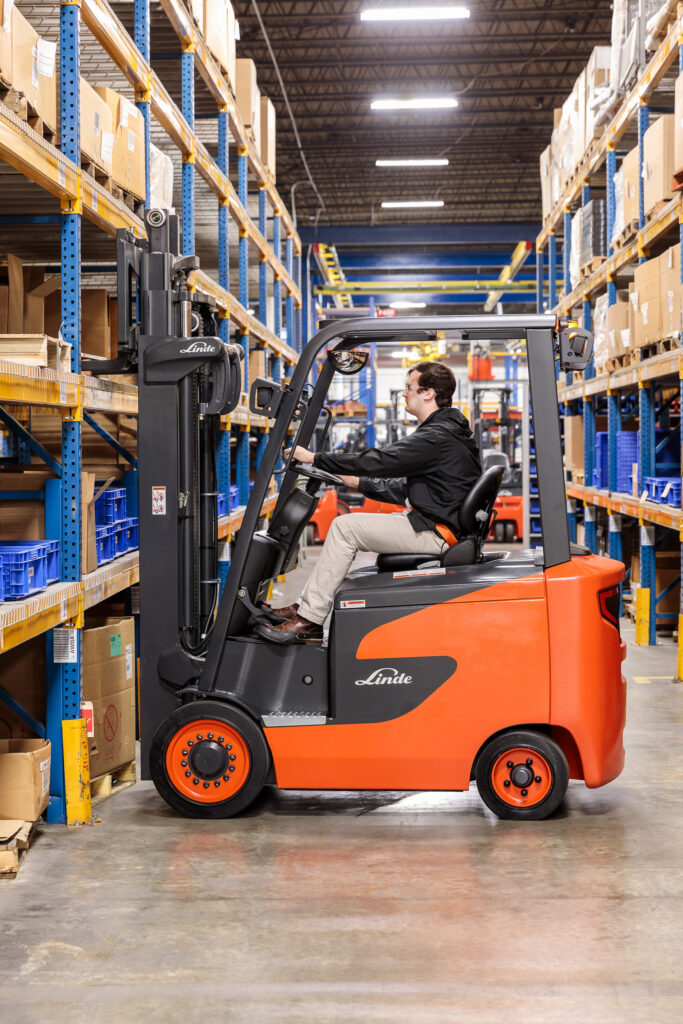Updated 9/17/2023
The Pursuit of Excellence
The advancement of technology for industrial trucks is ever changing and vital as companies are increasingly looking for ways to excel in efficiency. The continued pursuit to do things better and faster is the driving force for many. Companies must consider not only cost but must also look at the big picture of maintaining and increasing efficiency and productivity, as well as employee safety.

Increased Efficiency
The traditional lead-acid battery has allowed us to perform many tasks. When introduced to the market, it allowed companies to be more efficient and effective in production. However, the battery has many negative factors that make its use counterintuitive. Lithium-ion batteries are forging a new path for companies, requiring little downtime and increased proficiency in material handling of supply chains. When looking at lead-acid or lithium-ion, the battery does not stand alone as the champion for industrial trucks. However, the performance difference comes from the combined system of battery and truck. Combining the Linde truck with lithium-ion batteries complements the many progressive features Linde trucks hold, making these batteries the new standard in industrial trucks – focusing less on which lithium-ion battery you put in the truck but on how the truck uses that energy.
Unrivaled Energy Efficiency
Companies can decide which capacity-sized battery to choose based on their intensity needs. For example, a forklift could run for a 3-shift operation with a large battery, offering extreme increases in productivity and keeping processes moving. A perfect marriage of truck and battery comes from the exclusive Linde compact drive axle, eliminating wasteful electrical losses. Lithium-ion batteries are different because you can adjust the electric charge capacity more easily to suit the truck application. Specifically, the highly efficient Series 346 will use less energy than a competitor truck while moving the same loads. The lower energy usage allows you to select a smaller-capacity battery, saving significant money with lithium-ion technology. Using lithium-ion batteries with an energy-efficient Linde truck is the most cost-effective method because a lower-capacity battery can support the same productivity.

Decreased Downtime
Upgrading trucks from manual use to battery-supported has increased timing and efficiency but requires frequent battery changes, taking away from employee productivity. For three-shift operations, companies could end up changing lead-acid batteries at least five times. In addition, changing a battery requires its 1.5-ton weight to be removed with another forklift or an overhead crane. For a typical lead-acid battery, regular maintenance includes replenishment of water, overnight equalization charging, and occasional exposure to battery acid. While these activities are important, they represent downtime for the truck. Charging a Linde Series 346, Series 1346, or Series 1347 truck with a lithium-ion battery has never been easier. It can be completed at different stopping points or near a break area, allowing the truck to complete a quick recharge during scheduled employee downtime. Another constructive use is that these trucks do not require a full charge cycle. Although the battery may be completely charged within an hour, short charges are also encouraged.



